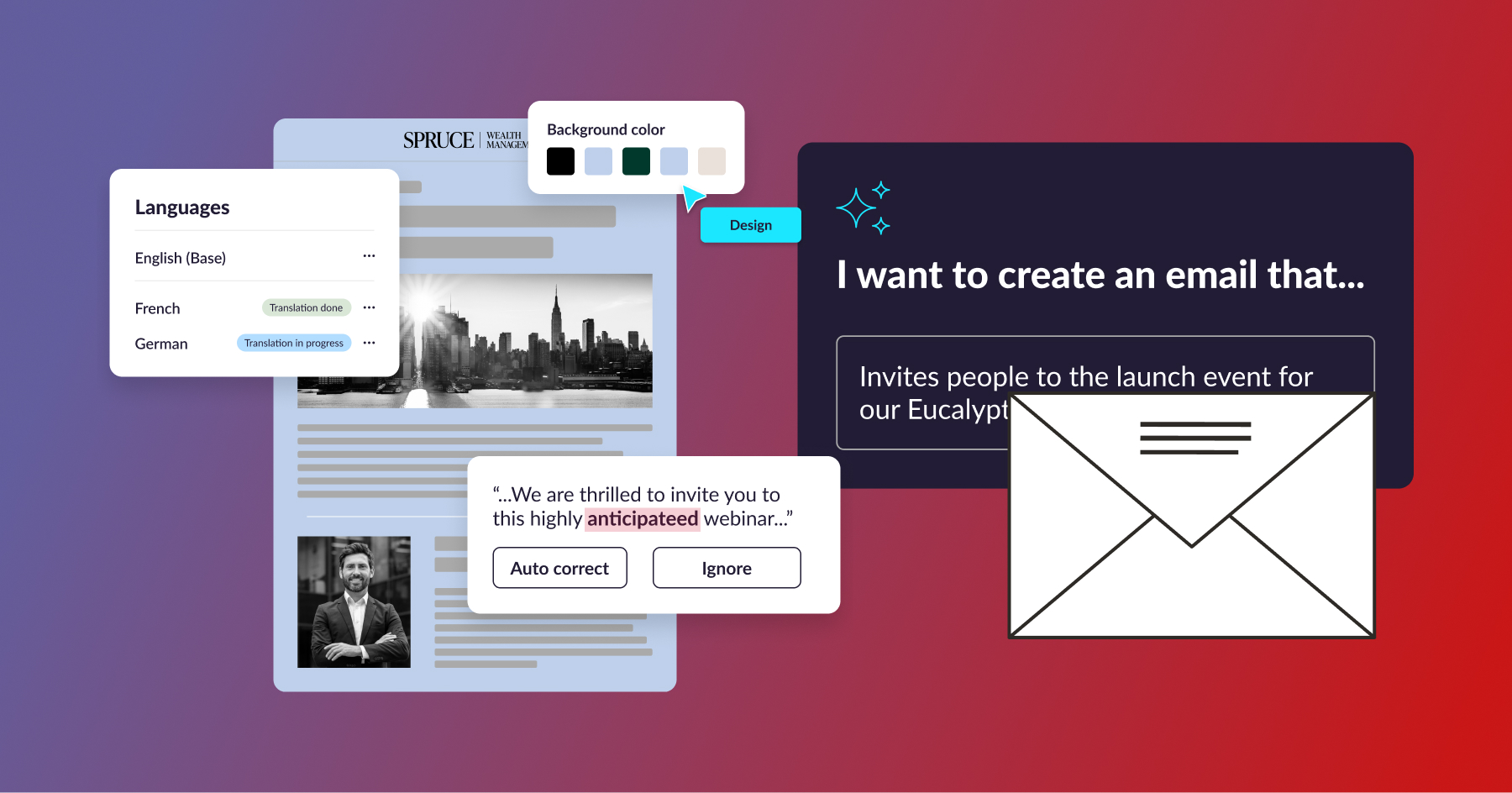Now more than ever, it’s imperative to have an agile email marketing process. In the midst of a health and economic crisis, your team needs to be able to get information out quickly and accurately. If a last minute change must be made to an email, your organization can’t afford the days it might take to get an edit approved. Taking weeks to create and send an individual email just won’t work anymore — you need an updated, agile marketing process, driven by technology.
What is agile marketing?
Agile marketing, as defined by McKinsey, refers to “using data and analytics to continuously source promising opportunities or solutions to problems in real time, deploying tests quickly, evaluating the results, and rapidly iterating.” An agile organization should be able to seamlessly run multiple campaigns at once, simultaneously integrating new ideas and information as needed. The current crisis has escalated the need for more frequent communications from executive leadership to clients as well as internally to employees on a global basis. Companies must be able to rapidly scale their process to meet the demand for timely communications for concerns both inside and outside the organization.
How to create an agile marketing team
In order to create an agile marketing team, your organization must first align on the outcome you want to accomplish with an agile shift (in this case, time-sensitive, accurate email sends). You then must make sure to have the right data, marketing technology, and analytics in place in order to work effectively across all teams. As remote operations become the new norm in the midst of COVID-19, collaborating well from different physical spaces is no longer just an ideal ability — it’s a necessity, and one that will work strongly in your favor when building an efficient agile team.
Typical agile marketing process
Once your goals are aligned and your team is in place, your agile process itself will look something like this: each team member completes their tasks in “sprints,” dedicated time spent completing their part of the project. Your team should have daily or weekly stand-up meetings in which progress is discussed and further action planned if necessary. Most successful agile teams work with a progress board (likely a virtual program like Trello or Asana) so everyone has eyes on what’s getting done and what’s on the docket. Finally, once a task is completed (like a finished and sent email campaign), data and analytics should be collected and disseminated to understand the campaign’s success and understand where the organization still stands to improve. Not only does an agile model improve email performance and efficiency, but it’ll improve communication and teamwork at a time when internal alignment and remote communication must be stronger than ever.
A recent report by AgileSherpas found that 42% of respondents considered themselves agile, while 43% of the non-agile marketers plan to pivot to an agile approach, and 95% of that group say it will happen within a year.
Up until now, creators cite a lack of training and general sense that their organization’s current system was working well enough as the two main reasons for not adopting agile process models. We expect to see a larger shift in such thinking, however, as organizations respond to the increasing importance to reduce the time of the email creation process.
For the balance of 2020, we predict email marketers will embrace agile marketing techniques like never before. We won’t be surprised at all to see the agile approach become the standard practice that becomes the “new normal” for email marketing.
Wondering how to make your email marketing team more agile? Schedule a demo with stensul to learn about your options and get started.


